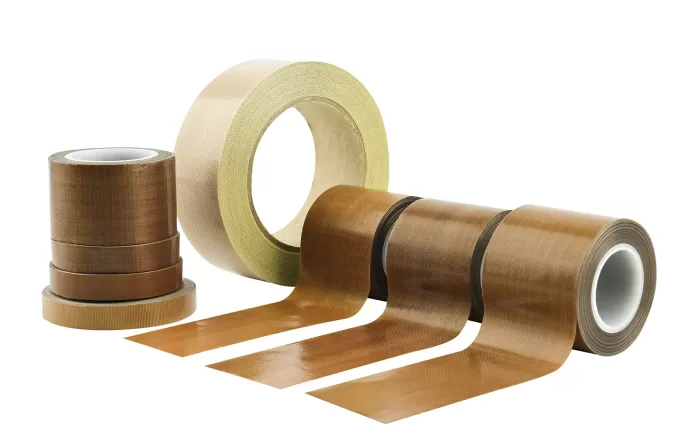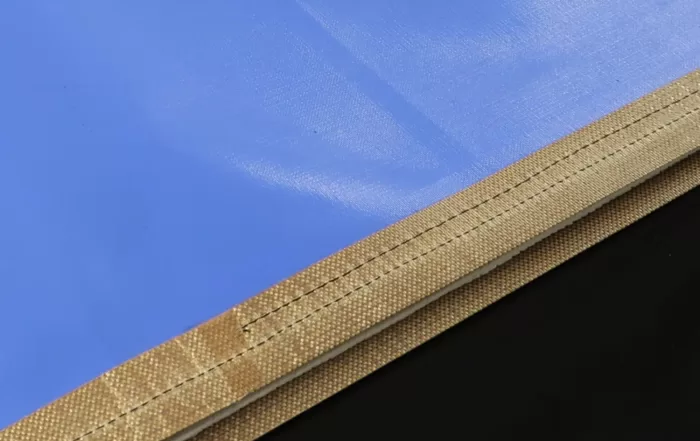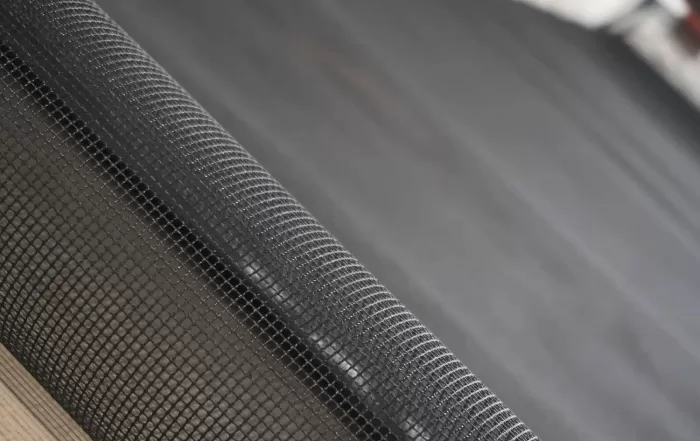The origin and development history of glass fiber
Glass fiber is an inorganic non-metallic material with excellent properties. It has the advantages of insulation, heat resistance, corrosion resistance and high mechanical strength, which make it a durable composite material. Glass fiber is made of natural ore or glass products such as quartz sand, gravel, limestone and dolomite, boric acid and fluorite are added as fluxes in a certain proportion to melt the raw materials at a high temperature, the molten glass flows through the drain plate and is stretched and cooled to a certain fineness of glass fibers. The diameter of the glass fiber monofilament is several micrometers to twenty meters micrometers, which is equivalent to 1/20-1/5 of a hair strand, and each bundle of fiber strands is composed of hundreds or even thousands of monofilaments.
How did such a wonderful idea come about by pulling the original hard glass and stone into a slender fiber? The birthplace of glass fiber is the United States. In the late 1920s, the United States fell into an unprecedented economic crisis. Just before the crisis broke out, the US government issued a strict prohibition on alcohol. The prohibition of alcohol was enforced for 14 years and throughout the Great Depression. Therefore, many American bottle production companies have closed down. Owens Ilynos Glass, the largest glass bottle manufacturer in the United States at the time, was also caught in the crisis. When Owens Irinas Glass was eager to find new business opportunities, Games Slayter appeared. As he passed through a glass melting furnace, he accidentally discovered that some of the spilled liquid glass was blown into fibers. Than glass fiber was born.
A year later, the Second World War broke out, it was this unprecedented war that made glass fiber. At that time, conventional materials were scarce, and glass fiber became a substitute for the production of munitions. Later, with the application of glass fiber, people gradually found that it has many characteristics that traditional materials do not have. Such as good insulation performance, thermal insulation and high strength. Glass fiber is then applied to tank components, aircraft cabins, weapon casings, body armor and so on. After the war, glass fiber products were greatly developed and applied. This period, which was the first stage of glass fiber development in the 1940s.
In the 1960s, economic recovery and industrial technology development led to improvements in glass fiber, high-strength, high-modulus glass fiber was developed. The structural properties and corrosion resistance of glass fiber have been greatly improved, and glass fiber products have been developed to a new stage. This is also the second stage of glass fiber development.
After the 1970s, it can be called the third stage of glass fiber development. The use of various reinforced sizing agents has led to the development of reinforced glass fiber products in composite materials, greatly promoted the development and use of glass fiber products. At this point, glass fiber products have entered a stage of diversification and individual development.
Today, the application of fiberglass composites has been extended to all walks of life, such as pipes, transportation, renovation and new energy. At the same time, glass fiber products have also been well developed. Glass yarns, chopped strand mats, continuous felts, and fiberglass fabrics are constantly evolving to meet different needs. I believed that along with the technical progress, Glass fiber will make greater contribution to mankind.




